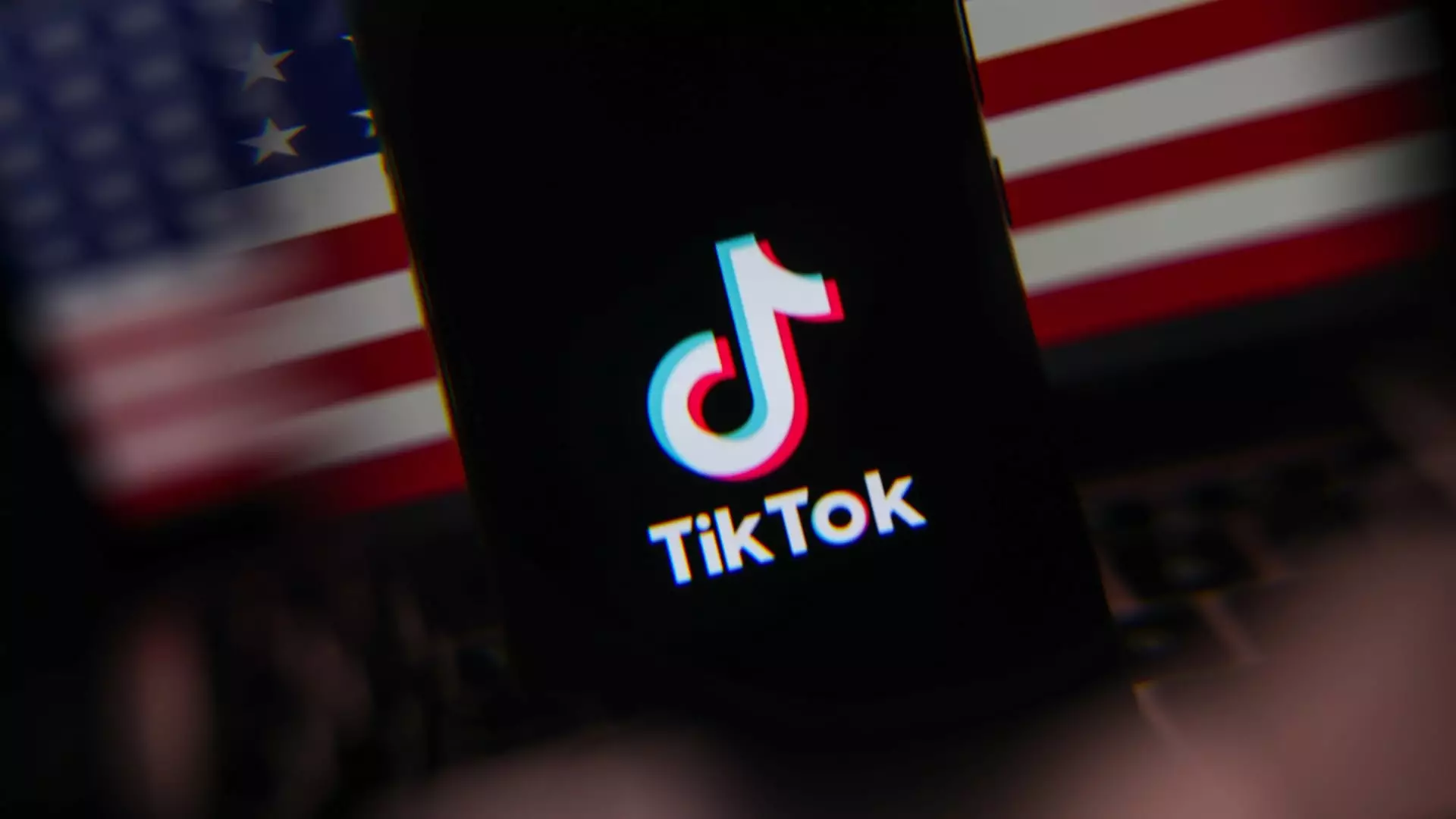On a critical juncture in the journey of TikTok, the popular Chinese-owned social media platform makes a significant return to both the Apple App Store and Google Play after a brief yet tumultuous absence. This re-entry comes following the app’s unexpected removal on January 18, which was a direct response to escalating concerns regarding national security tied to its ownership by ByteDance. The apprehension surrounding TikTok is reflective of broader worries in the U.S. government about foreign influence over American data and user privacy. Thus, what unfolds is a complex interplay between governance measures, user rights, and international relations.
The context for TikTok’s brief hiatus centers on the Protecting Americans from Foreign Adversary Controlled Applications Act, signed into law under former President Biden. This legislation ushered in a mandate that required ByteDance to divest its U.S. operations by a set deadline or face an effective ban on its flagship app—an ultimatum that certainly prompted unease among its substantial U.S. user base, which exceeds 170 million. Notably, TikTok has vehemently contended that such regulations infringe on the First Amendment rights of its users. This assertion raises critical questions about the nature of free speech in our increasingly digitized society.
In January, a pivotal moment arrived when the Supreme Court sided with the Biden administration, emphasizing national security concerns about TikTok’s data practices and its connections to China were credible enough to warrant serious action. This decision ignited fierce debate regarding whether these measures were justified or an overreach of governmental power. The crux of this conundrum lies in balancing the fine line between safeguarding national interests and preserving the rights of users yearning for freedom of expression and creativity that platforms like TikTok provide.
Despite being absent from app stores for nearly a month, TikTok’s comeback has been remarkable. Reports suggest that the platform managed to recuperate around 90% of its traffic right after its return, a testament to its embeddedness within the fabric of social media culture. This resilience hints at a complex but dynamic relationship TikTok maintains with its users, who consistently demonstrate a proclivity for its engaging content, regardless of the surrounding controversies.
Echoing sentiments voiced by former President Trump, the future of TikTok may hinge on finding a compromise that appeases both the U.S. government and its user base. Proposals have emerged suggesting a potential joint venture that could diminish the perceived risks associated with foreign ownership while securing a foothold for TikTok in the American market. However, the ultimate resolution of these issues will be scrutinized closely, for it will undoubtedly set a precedent for how nations regulate technology in our interconnected world.
TikTok’s re-emergence raises deeper issues beyond mere app availability; it reflects the larger battle between privacy, security, and the fundamental freedoms of speech and expression in today’s digital age. The ongoing saga is a nuanced reflection of our contemporary landscape, where the power of technology intertwines with the intricacies of governance and user autonomy.

Leave a Reply